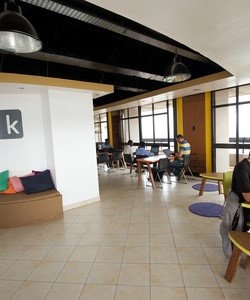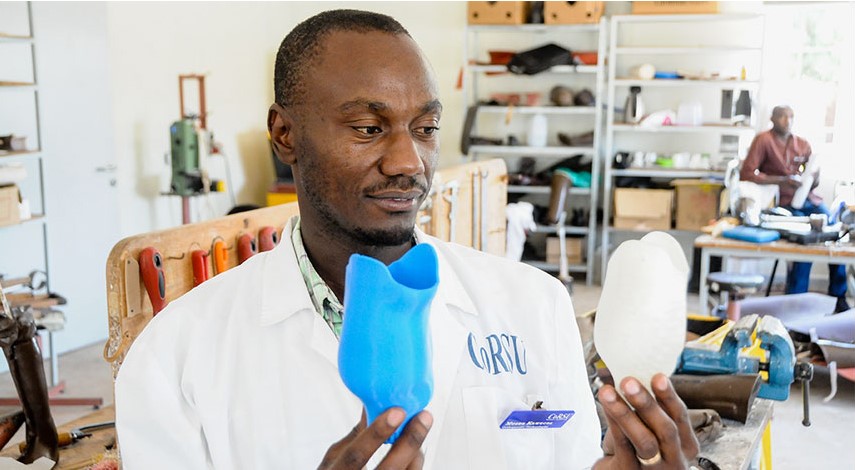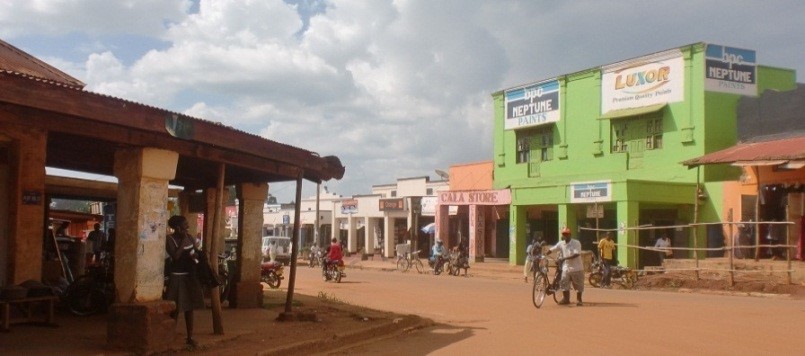Anyone following the 3D Printing fever will likely have come across stories about 3D Printing possibilities for the developing world. There is no doubt that many in the maker community including economists, doctors and engineers, rave about how 3D printing specifically, and technology in general can help developing countries improve by overcoming structural handicaps like poor infrastructure and small industry capacity. By so doing, there will be acceleration in development and most importantly there will be upliftment of people out of poverty. However, there is a skeptical lot contending that there is lack of necessary skill base and entrepreneurial spirit when it comes to developing countries’ workforce in truly harnessing 3D printing full potential.
Whatever thoughts generated behind such cynicism, it’s understandable in the context of the many misconceptions surrounding the developing world and particularly Africa. Just like Davidson teaches us, through a commitment to diversity and a robust study abroad program, these perverted misconceptions skew our perception of reality and encourage us to stereotype.
Inside Kigali’s kLab (Image ©2013kLab)
Despite these preconceived notions not so off the mark, the proliferation and integration of technology for example in Rwanda is certainly much less as compared to the States, but Rwandans ultimately are engaging in conversations about technological solutions to the world’s issues which are no different to conversations like in Studio M. Adding on to that, Rwanda’s K-Lab which is a space dedicated to supporting IT entrepreneurs encourages them to collaborate and innovate. Like Studio M, K-Lab is ultimately a tech friendly space filled with college kids tinkering and innovating ways in which technology can make today’s world better though more focus is on encouraging entrepreneurship and business development rather than creative play.
But Rwandan college students are not the only ones having such conversation. Entrepreneurs across the whole continent are experimenting with modern solutions to address some of their countries toughest problems. For instance doctors in Uganda are using scanners, 3D printers and laptops in providing cheaper and better prosthetics for amputees in the northern region. There is a great need of all kinds of prosthetics in this area which was a center of a vicious civil war between government forces and Joseph Kony’s LRA. Thanks to 3D printing, people lacking any form of health insurance can still get workable and durable prosthetics for about $3.
A technician at Kisubi’s CoRSU Rehabilitation Hospital shows a pair of 3D printed prosthetics. (Image ©2014 CoRSU)
The difficulty lies in scaling these measures up, especially in more rural areas where the infrastructure and funding availability are disproportionately worse than in cities. The trip from the capital city of Kampala to Gulu, a city of about 150,00 in northern Uganda, is a harrowing 10-hour, 335 kilometer journey that’s not for anyone with a weak back or an aversion to consuming at least a pound of dust. Getting consumables like plastic for 3D printing to Gulu can be more than a little trouble.
Gulu Town, the administrative and commercial center of Gulu District in northern Uganda. (Image ©2012 Keren Lewis via Bristol Uganda Link)
Remembering the structural challenges and understanding that they create obstacles for technology implementation is very important and therefore it’s important to have patience in setting up expectations for ways in which innovative technologies like 3D printing can help spur development and alleviate poverty. At the same time, though there’s reason to be optimistic about the potential of these innovative solutions, African entrepreneurs and professionals including countless others across the developing world are no different from Western entrepreneurs in their zeal and technological savvy. Truly endless possibilities for all creative makers in the developing world exist but they must be managed within the context of their countries’ “growing pains”
W.AFATE 3D Printer from Togo and built using recycled e-waste like computers, scanners and printers.






